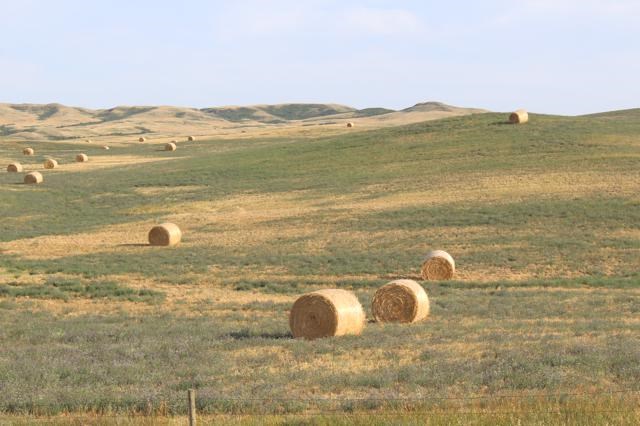Haying continues in the province and livestock producers now have 74 per cent of the hay crop baled or put into silage, reported Saskatchewan Agriculture for the crop week of July 18 to 24. An additional 14 per cent is cut and ready for baling.
Province-wide hay quality is currently rated as nine per cent excellent, 61 per cent good, 25 per cent fair and five per cent poor. Hay yields have been significantly less than normal for many producers and hay will be in short supply this year in some areas. Most producers have indicated that there will not be a second cut of hay this year. While some areas of the province received some rain this past week, many southern and central areas remain very dry. Rainfall this past week ranged from nil to 98 mm in the Barthel area.
These conditions contrast greatly with those experienced last year when heavy rain was received in many areas, causing lodging and excess moisture stress. High humidity and frequent showers continued to delay haying while some producers were getting ready for the 2016 harvest.
Across the province for this July reporting week, topsoil moisture on cropland is rated as five per cent surplus, 35 per cent adequate, 38 per cent short and 22 per cent very short. Hay land and pasture topsoil moisture is rated as four per cent surplus, 29 per cent adequate, 34 per cent short and 33 per cent very short.
Continued hot weather and lack of moisture in many southern and central areas have further depleted topsoil moisture and damaged crops. Significant rainfall is needed in most regions of the province to help replenish the topsoil and fill out crops.
Crops are ripening quickly with the majority ranging from poor to good condition. Harvest is just beginning in some parts of the province, with pulses being desiccated and some winter cereal and pulse crops being combined. The majority of crop damage is attributed to hot temperatures, strong winds, hail, localized flooding and lack of rain. Several storms moved through the province late last week, with damage ranging from minimal to severe. There are also reports of insects such as grasshoppers, diamondback moths and aphids. Provincially, producers are scouting for pests, haying and getting ready for harvest.
With this sustained stretch of dry weather, applications to Saskatchewan’s Farm and Ranch Water Infrastructure Program will be considered until September 30, past the current August 1 deadline. The program assists farmers and ranchers in developing sustainable water supplies for agricultural use.




